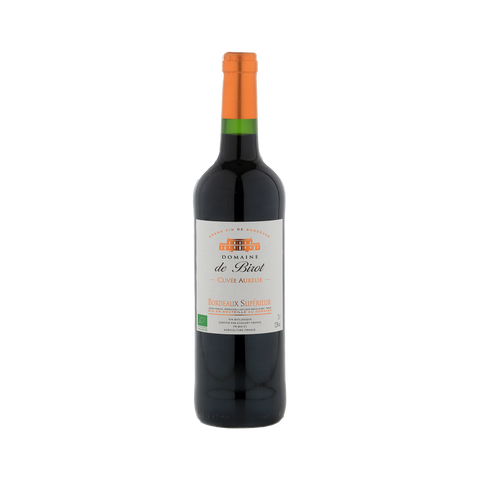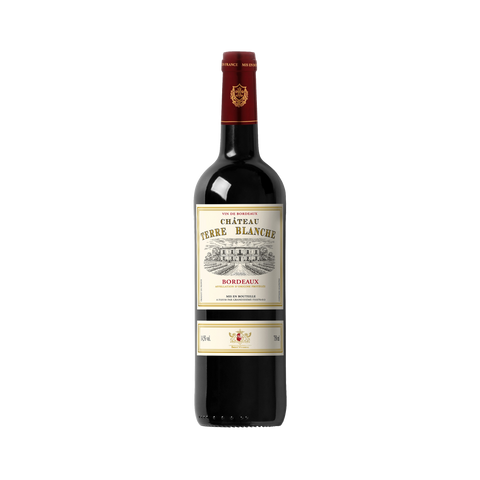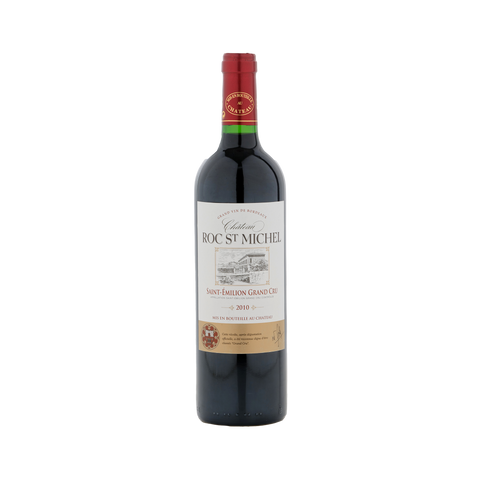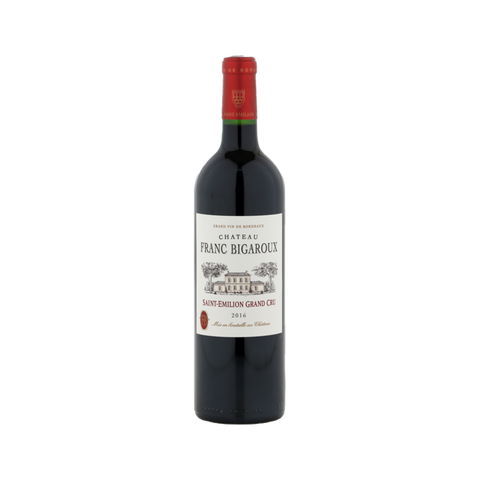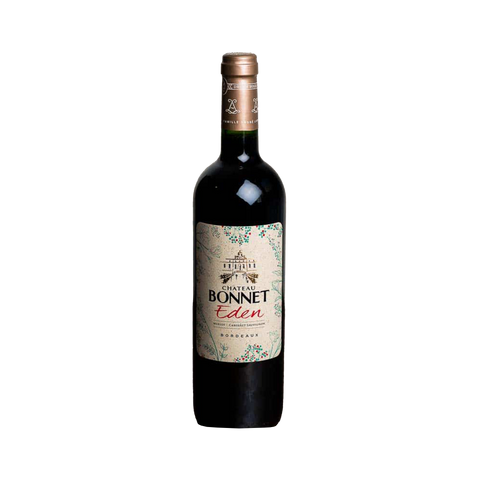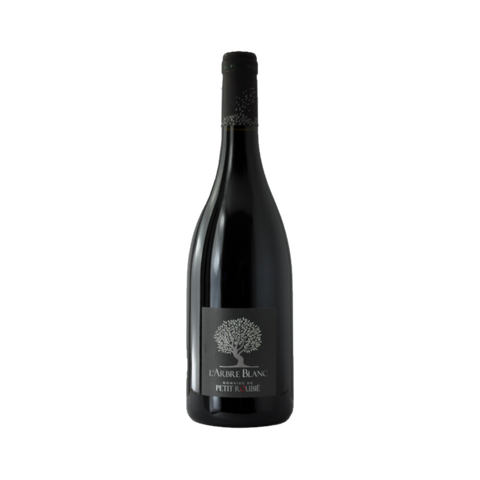Cabernet Sauvignon is a globally recognized red wine grape variety that thrives in various wine regions around the world. Here are some of the key regions known for producing exceptional Cabernet Sauvignon wines, including Bordeaux, France, which is the birthplace of Cabernet Sauvignon and remains one of the most prestigious regions for this grape. It's really interesting how Cabernet Sauvignon is commonly blended with other grape varieties like Merlot, Cabernet Franc, Petit Verdot, and Malbec to create Bordeaux red blends. These blends are used to make famous appellations like Pauillac, Margaux, Saint-Julien, and Saint-Estèphe on the Left Bank, and Pomerol and Saint-Émilion on the Right Bank.
Did you know that Napa Valley, California, USA is renowned for its rich and opulent Cabernet Sauvignon wines? The region's warm climate, diverse soils, and winemaking expertise result in bold, fruit-forward wines with robust tannins and complex flavors. Notable subregions include Oakville, Rutherford, and Stags Leap District.
Sonoma County, particularly areas like Alexander Valley and Knights Valley, also produces outstanding Cabernet Sauvignon wines. These wines often display a balance of ripe fruit flavors, elegant tannins, and good acidity.
Paso Robles in California's Central Coast is a fantastic wine region! It's known for its warmer climate, which produces ripe and powerful Cabernet Sauvignon wines. The wines from this region often have intense fruit concentration, bold structure, and a touch of spice.
Washington's Columbia Valley, including subregions like Red Mountain and Walla Walla Valley, is gaining recognition for its high-quality Cabernet Sauvignon.
The region's cooler climate and volcanic soils contribute to wines with deep color, firm tannins, and vibrant fruit flavors.
Coonawarra in South Australia is famous for its 'terra rossa' soils, composed of red clay over limestone, which are ideal for growing Cabernet Sauvignon. Wines from Coonawarra are often praised for their pronounced cassis flavors, firm tannins, and excellent aging potential.
Margaret River, located in Western Australia, is known for producing premium Cabernet Sauvignon wines. The maritime climate, combined with gravelly soils, results in wines with elegant, intense fruit character, and fine tannins.
Chile's Maipo Valley is renowned for producing some of the country's best Cabernet Sauvignon wines. The region's warm days and cool nights contribute to wines with ripe fruit flavors, firm structure, and balanced acidity.
These regions are just a selection of the many areas around the world where Cabernet Sauvignon thrives, showcasing its adaptability and ability to express unique terroirs. Each region brings its own style and character to Cabernet Sauvignon, offering wine enthusiasts a diverse range of options to explore.

